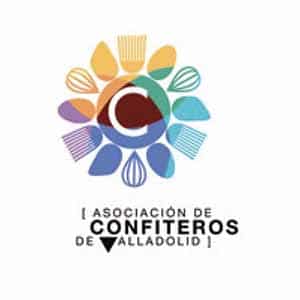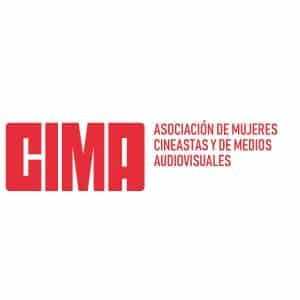Agustín Mendilaharzu (playwright and filmmaker) and Constanza Feldman (dancer, actress and choreographer), co-directors of the Argentinean film Clementina, have appeared this Thursday 27th in an online press conference, from their country, to talk about the film they made during the long confinement by covid, locked up at home and without means of production. With it they make their debut together, as directors, and compete in the Official Section of the 67th Seminci.
The 2020 confinement found them living together and turned them into the directors of Clementina, a “comic fantasy in five chapters” that they shot from inside their flat, during the first long confinement by covid19, with the limited means at their disposal. They were delighted to participate in the Seminci and a little sad not to be able to travel to Valladolid, as Constanza Feldman (who, as well as co-directing, plays the leading role in the film) is pregnant and, at the moment, almost ready to give birth.
Agustín Mendilaharzu explained that the two did not even live together before the pandemic. “We were a couple in the making. I work as a cameraman and when we saw that the first confinement was going to be decreed, we went to get a camera together because we thought something important might happen and it was good to have a camera in the flat. As the days went by, we started to miss our jobs a lot – Constanza is an actress and I also direct theatre – and we started to try things with the camera, little fiction games… Parallel to this we filmed some things that happened around our flat, which really started to go a bit crazy, because there started to be water and electricity failures… and a parade of bricklayers and plumbers (or plumbers, as you say over there) and neighbours gathered… We were filming through the window and the peephole, and trying to understand how it could be that we couldn’t see our families, because we were confined, and while we had to receive all these strange people in our house… We had no water, the television insisted that we had to wash our hands a lot… It was a very paradoxical situation”.
In that context they started to think, naively, about how to make some kind of fiction that would dialogue with all that was happening and take advantage of it. “We didn’t want to make a documentary, but to generate a stylised fiction from a documentary record, with a more clownish language, closer to that of Jacques Tati or Buster Keaton, who were the directors we were looking at in those days. And now that we have the feature film, and we remember those early days, we realise that if we had known all the work we had ahead of us… we probably wouldn’t have done anything”.
A creative confinement and a weird shoot
The film, a humorous comedy about that first confinement, is full of surreal images and situations. Fact or fiction? “No, no. The film is full of fiction. The film is full of fiction. There are certain documentary facts, or real facts, like the great story that was the quarantine, and based on that we were filling the film with fiction,” says Feldman.
“The starting points for each of the episodes are real. It’s real that I had that collection of dolls, for example,” says Mendilaharzu. “Because the film came to a neat technical finish, people don’t realise that it was just the two of us making it, at a time when you couldn’t really leave the house. Everything in the film was close to us, not that we hired production, not that we hired people to come in…. At most we could go to the supermarket and buy some light bulbs to have a bit more light inside the flat. But it was all done in a very homemade way, in times when you couldn’t go out and get the means you need for a production.
The confinement put them in a creative situation, and the filming process was long and strange, as both admit: “We went into a kind of very feverish laboriousness, and that was very strange. Our colleagues recognised that they were detained, and took the opportunity to read, to watch films, some to write…. We filmed non-stop, we turned our house into a film set. And there was practically not a second of the day when we weren’t filming or thinking, because the script of the film was being constructed as things were happening and we were coming up with new plot alternatives… We worked a lot, that’s the truth”.
From small cinematographic objects to a feature film
Constanza Feldman recalled how they started filming without a clear objective. At first they thought of shooting a short film, or small shorts. “We edited remotely, because neither of us knows anything about the subject, and we put together a short film, which is the first episode of the film. We showed it, and then Agustín’s partners encouraged us to continue… And we made another short film, all because things happened to us in the flat and in the building… And from there came the idea of making a series of small cinematographic objects. But suddenly all that material was a lot and, thinking about the Bafici, we decided to work on that material as a feature film”.
This is how Agustín Mendilaharzu summed it up: “Each chapter began and ended following a very short film grammar, and we had to readapt it all for the feature film. Each chapter had a very beautiful sequence of end titles, and that was hard to sacrifice. But the first two shorts were 50 minutes together, and the following ones started to run longer than 30 minutes. We also realised that the impulse to start filming had been something that everybody had done; all the actors and directors who were out of work had started filming things at home with their phones. But that pandemic short film format, offered through the web, had not been a great motor for audiovisual reflection, nor a territory for film production. And that made us very sad: that a product in which we had put so much work, in terms of plastic and sound, would dialogue with a production that had completely passed from that pretension of making something formally complex”.
In this sense, the option of the feature film seemed to them that it would bring them “closer to an audience that could look at it with other, more cinematographic eyes”. “Because, for us, what we had done had a very strong cinematographic nature, even though at the beginning we had thought of it in the form of short films. Being here [at the 67th Seminci] is proof that this audiovisual object called Clementina – which we had a hard time reaching, because we had many doubts, in the sense that turning it into a feature film was nothing more than resigning an original form to get into a more conventional form – can be seen as cinema, and that is very gratifying for us”, said Mendilaharzu.
Clementina is reaping awards, including two major prizes at the Bafici. “We didn’t expect this kind of success. When we were called by the Bacifi for the selection, and we sent the first cut, still very precarious, with no sound work yet, and they told us they wanted to put us in the international competition of the festival, we said to ourselves: ‘They’re crazy! How can they put us in competition with films that have a gigantic production, when ours is something that two people made in a flat! It’s as if our neighbourhood football team was put to play against Real Madrid or Barcelona… Luckily it wasn’t like that, the film won incredibly. It’s all very surprising.
Turning difficulties into creative power
When asked by the audience how the idea of the character played by Agustín (Guillermo in the film) always appearing with his back turned or out of focus came about, Constanza Feldman explained that it was because of something as simple as the fact that he had to operate the camera. “And that started to get funnier and funnier, that he was an out-of-focus character, or you couldn’t see him in the foreground. As we went along, I learned how to operate the camera and I could do some things. But we tried to make sure he was always out of focus, because we thought it was so funny.”
“We had a couple of ethical imperatives,” says Mendilaharzu. “One was that the camera was not going to go out or be on the street, but that everything was going to be filmed inside the building, and the other was that my character had to be out of focus. We like to think that every film, and every play, in addition to what it narrates, must in some way be a document of the way in which that object was created. We were worried about the fact that a film made by only two people during the very strict quarantine… that this would be imprinted on the film. We deliberately wanted to avoid any cunning that would imply that there was someone else operating the camera. It came up randomly and we turned it into a working pattern”.
“We come from the performing arts and we are very used to working sometimes with obstructions or with many difficulties, and to turn that into something to enhance instead of complaining. And that worked in our favour in the film,” Constanza said.
A taste for comedy
Also in response to questions from the audience about the film’s humorous gags, both reflected on the fact that, while they were filming, they did wonder what would happen afterwards, when the pandemic was over, if those gags would get old or if people would remember that time as a dark period about which you can’t make humour… “But we like comedy a lot, and we think that in an intellectual and politically healthy world, it should be possible to make comedy about almost anything. You just have to try to make sure that the comedy has its own language and detaches itself a bit from the real reference point. And we think we’ve balanced those two things well. The referent of the pandemic is there, and the film, without denying it, autonomises itself and turns it into a kind of spring to create movement and cinematographic ideas”, concluded Agustín Mendilaharzu.
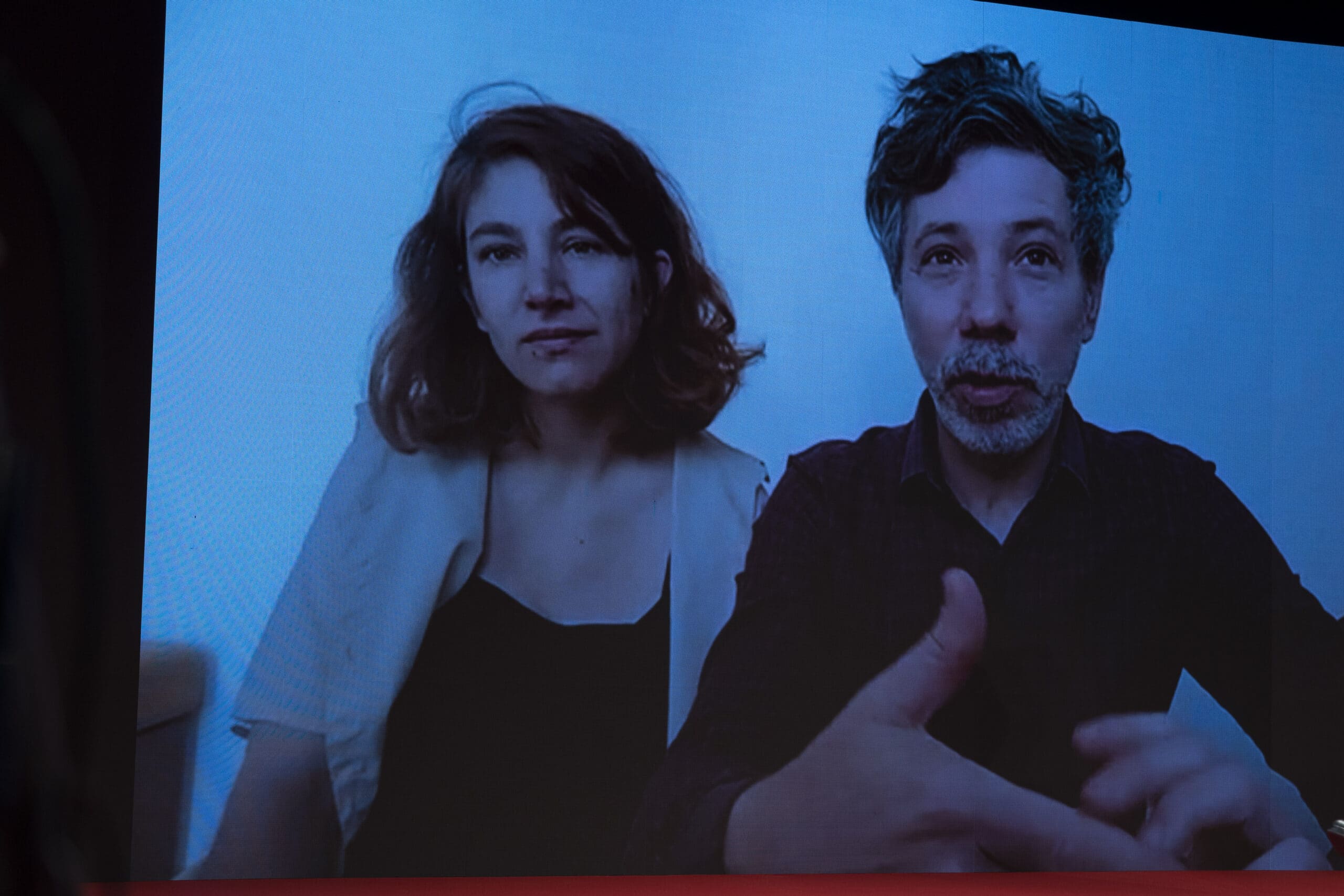
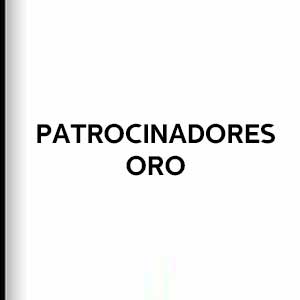
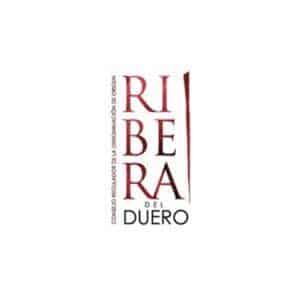


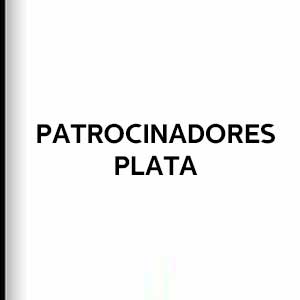



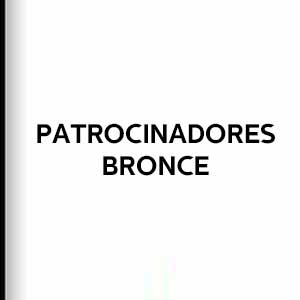

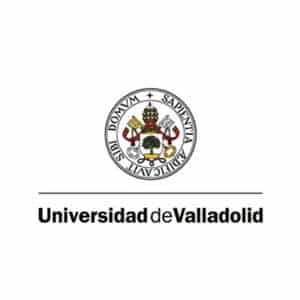







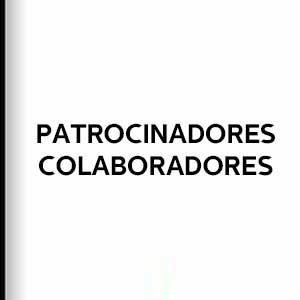


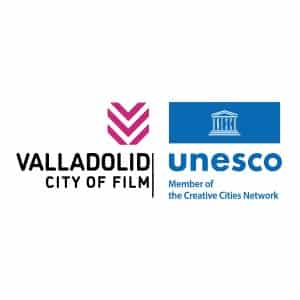




![Logo Foro Cultural de Austria Madrid[1]](https://www.seminci.com/wp-content/uploads/2024/09/Logo-Foro-Cultural-de-Austria-Madrid1-300x76.jpg)




